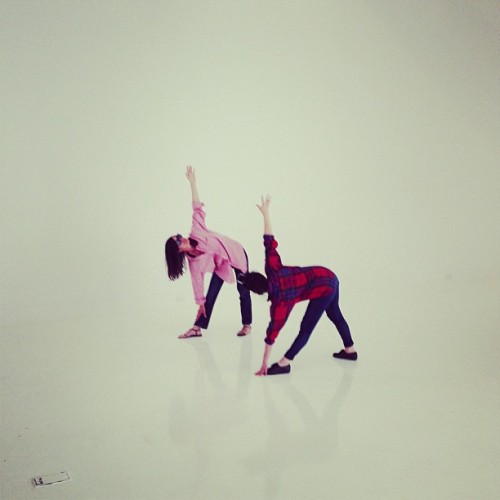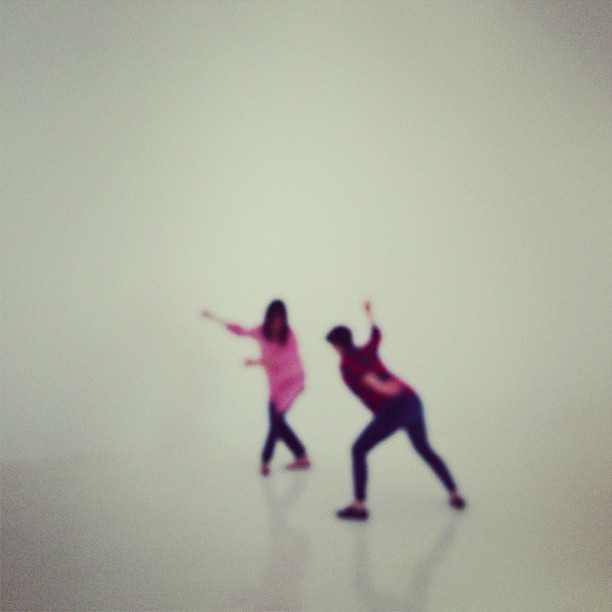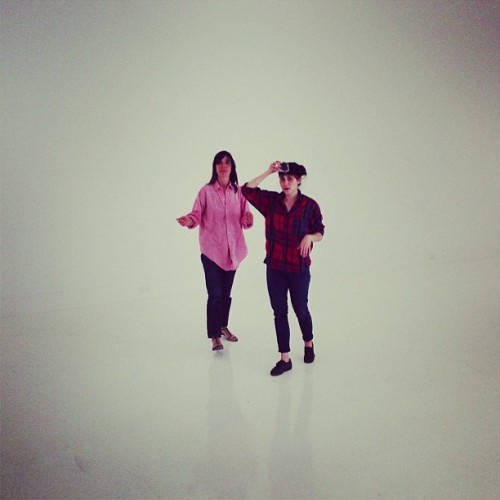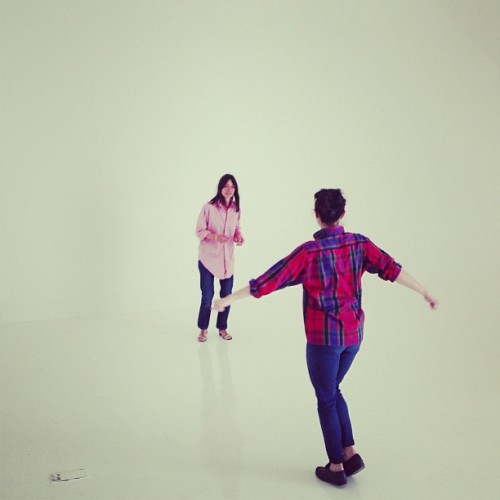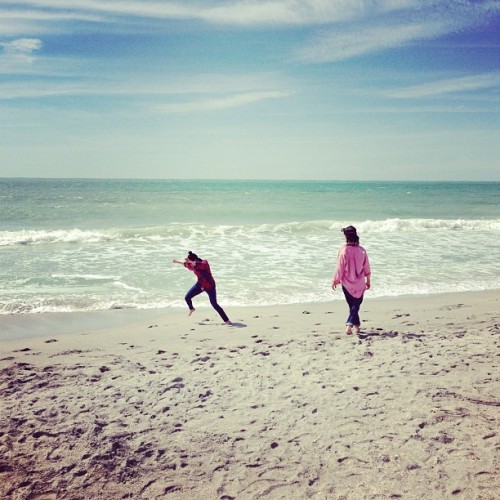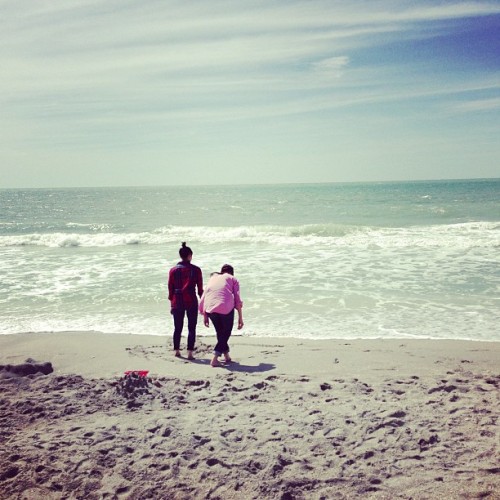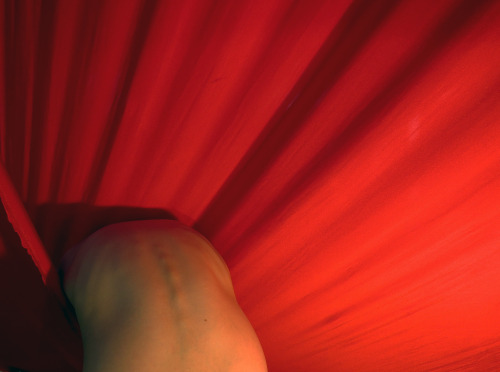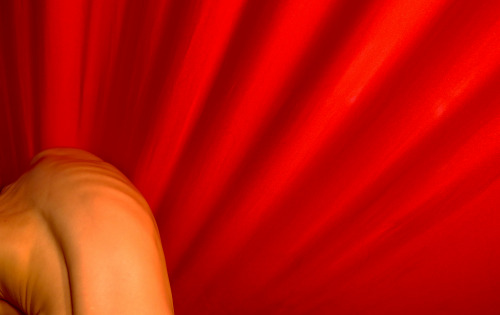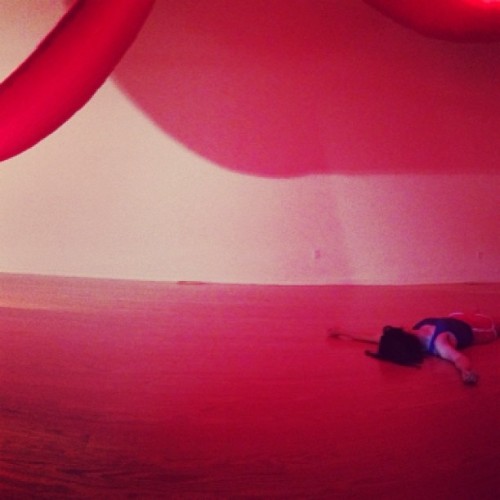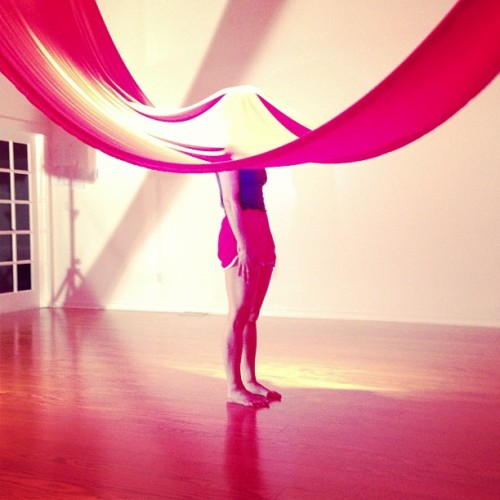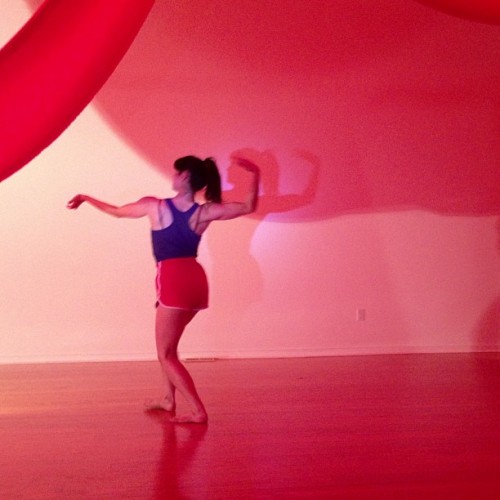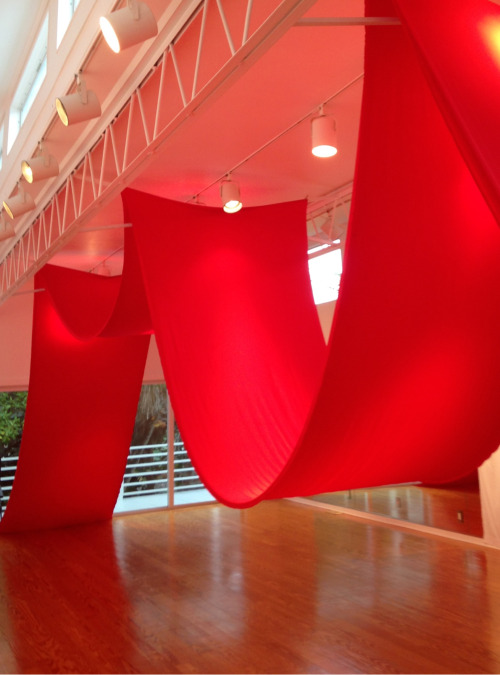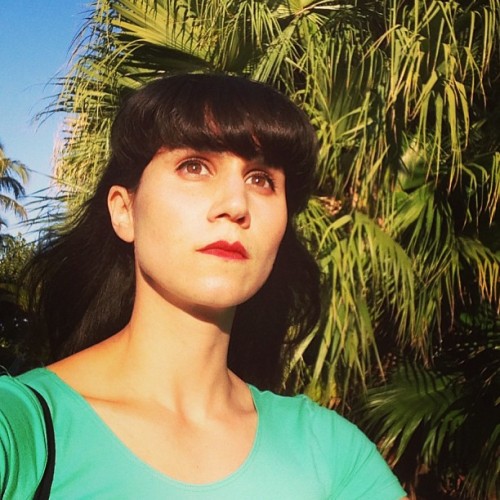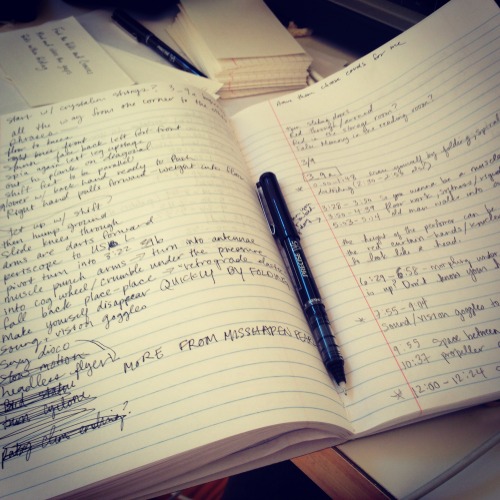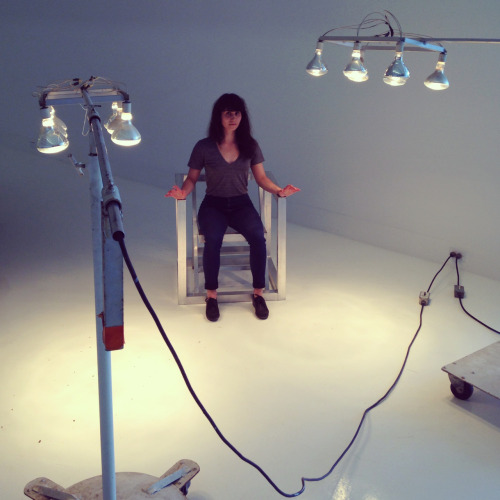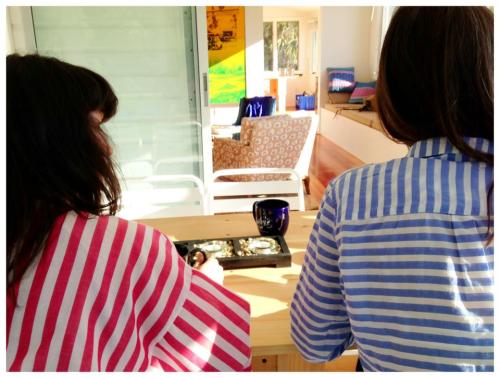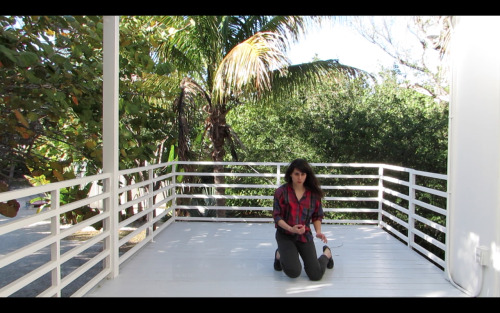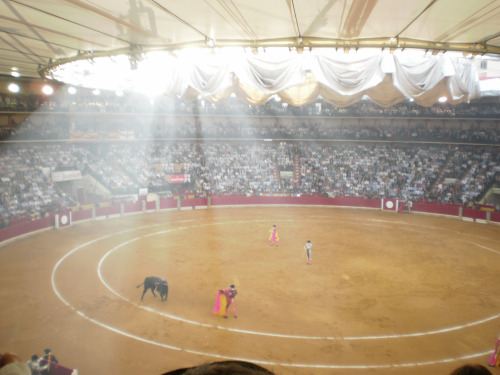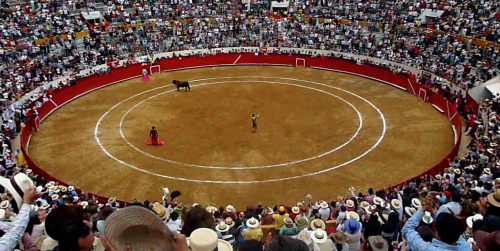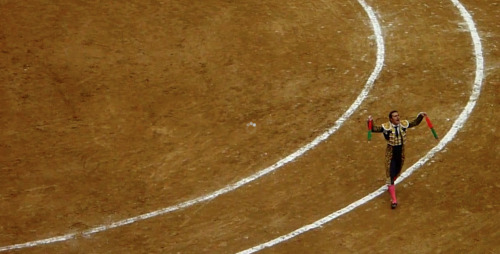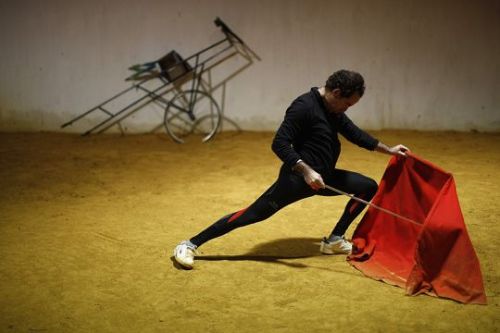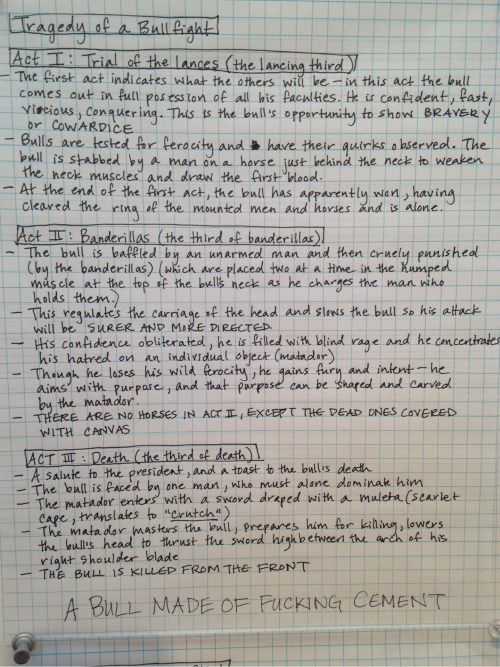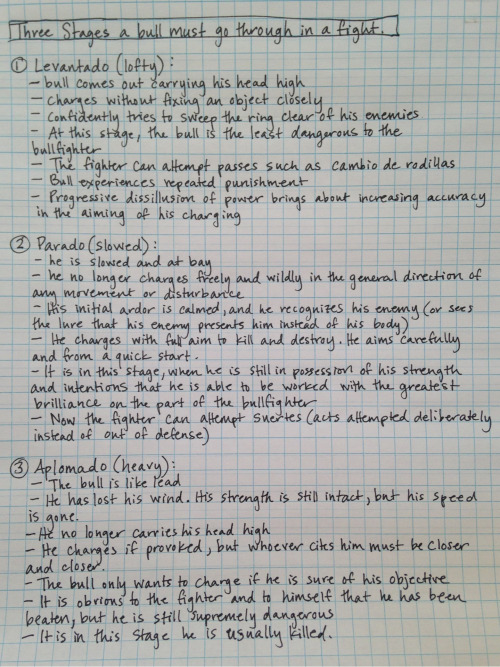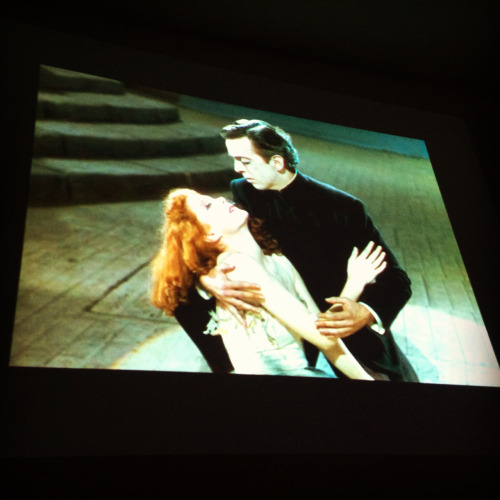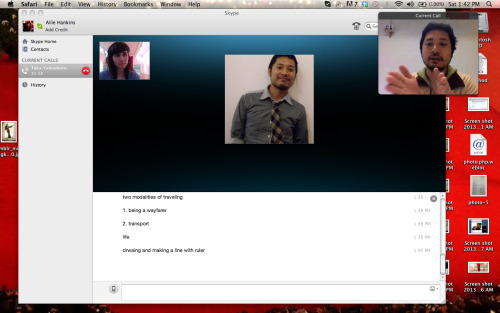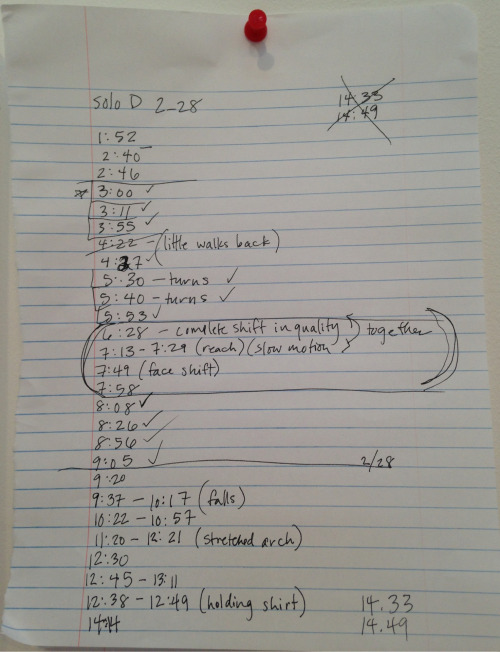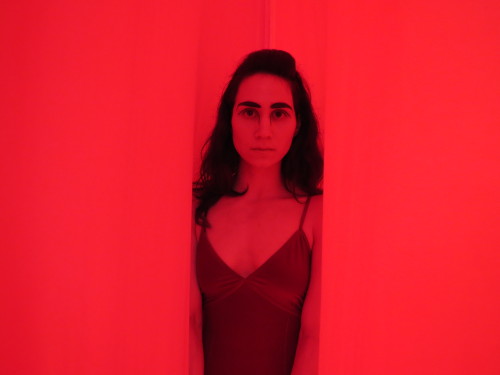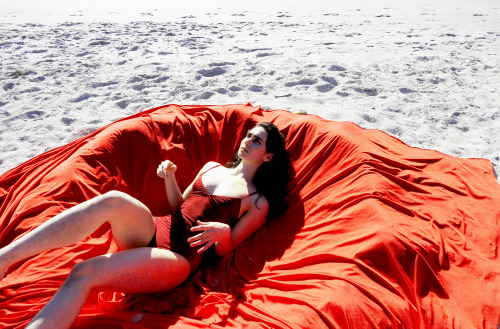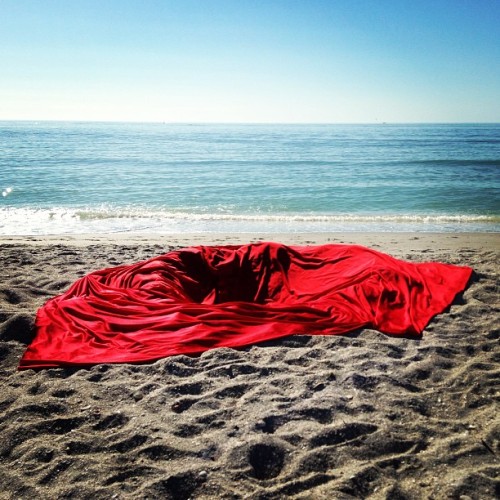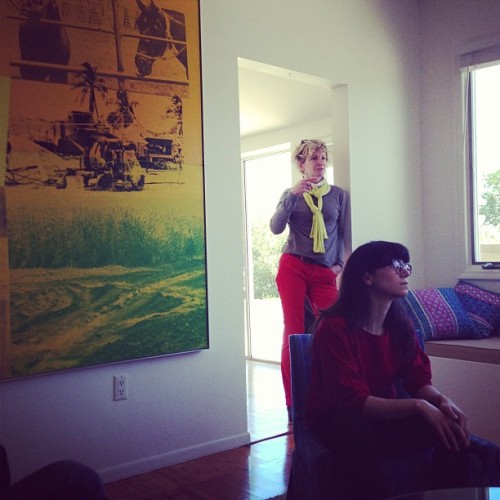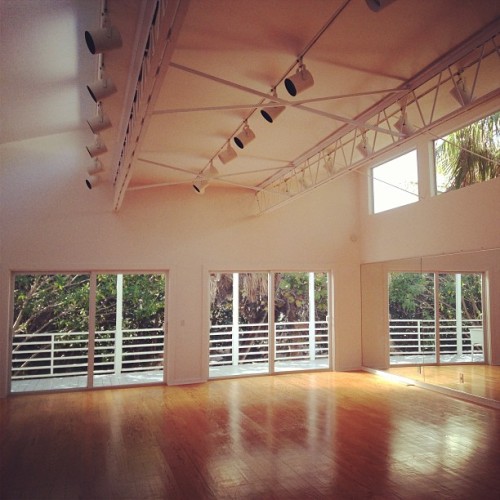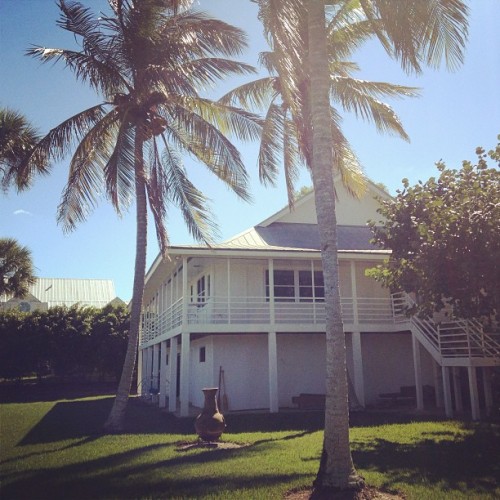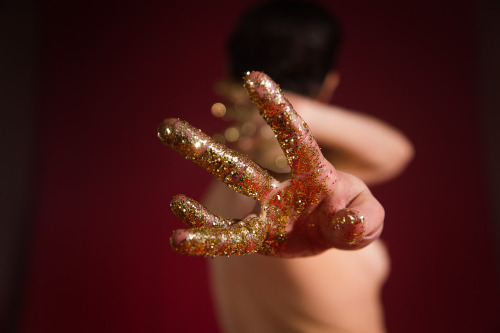Enjoy this unique view into the creative process of Like a Sun That Pours Forth Light but Never Warmth by Allie Hankins. These posts were taken from Allie’s blog http://casting-long-shadows.tumblr.com/ – follow her there for more in the future!
Scroll from bottom to top to view these in chronological order, or scroll top down to peel back through time.
With Laura in the Studio.
March 13, 2013
Photos by Matt Olson
Posted 5 months ago
| — |
The Horror of Disconnection: The Auratic in Technological Malfunction, by Martin Dixon I posted this on my other blog a while back, but it means something different to me now that I’m on an island with limited reception and countless “dropped calls.” “Psychic shock of being alone once more.” It’s been an incredible month. It’s been a lonely month. I can’t believe it’s been a month. |
Photo by Matt Olson
Posted 1 year ago
And what is a month in Florida without at least one selfie on my bike riding toward the sunset with the wind in my hair?
Posted 1 year ago
Every “dance” I make is also a novel, apparently. Thank you for understanding.
“muscle punch arms—> antennae—>retrograde elastic—>yourself disappearing QUICKLY BY FOLDING.”
“MORE MISSHAPEN PEARL!!!”
Posted 1 year ago
Dancing in a white room is surprisingly disorienting.
Posted 1 year ago
Fellow artist-in-residence Matt Olson found these lights in the basement of the big studio today. Possibilities.
Posted 1 year ago
It finally warmed up today. I’m attempting to put the new vocabulary in new containers.
Today I will let go of the notion of steps and instead look at movement as a series of states. A state always suggests a particular consciousness or mindfulness hanging in the air while you are moving or even when you remain motionless. But is a state a picture or a sort of vibrating image? It brings up the question of what one is actually creating in dance, live art, or performance. Images or pictures? Motion or action? Are we choreographing transitions between images or creating motion? Maybe we interact with a chain of events happening without creating images.
This can be a physical research: throw myself into a physical situation and, wherever I end up, try to recognize the place I am in. I want to understand the physical structure of that state and try to separate it from the moment when I start to represent, when I give names to the material or sensation. Can I dissociate the moment of recognizing where I am from the representation of it? Am I a person standing or am I a person standing staring out to sea? Where am I and where is my weight? And can I be between these two things?
Maybe states are a different way of trying to understand feelings (I’m full of ‘em out here). That is, the feelings I have and how I embody them. The modern dance tradition aimed to evoke and represent emotions, whereas states seem more related to feelings or rather the concept of “felt sense” (maybe?). Feelings come and go. I cannot always name them. Sometimes many feelings are present at the same time (like today). Feelings dwell in the realm of uneasiness, anxiety, or desire—perhaps these terms are too big, but they tie states to a “felt sense,” to sensorial issues and physical existence, to sensation without addressing them immediately in a theatrical or psychological way.
I’m really lonely today.
A rare moment of lightness. Trying to remember lightness.
Posted 1 year ago

Red Shoes screening at the Rauschenberg Residency, courtesy of Mimi Pond.
Dying Dancing
Posted 1 year ago
I shared this video with the other residents last week. This video, and an essay called “Nijinsky’s Golden Slave” by Kevin Kopelson inspired me to begin making my solo “Like a Sun That Pours Forth LIght but Never Warmth” that I continue to work on here in Florida.
This is Jorge Donn dancing “Bolero” as choreographed by Maurice Bejart. The famous orchestral piece was commissioned by Ida Rubinstein (who danced opposite Nijinsky’s Golden Slave in the ballet “Scheherazade”) for a ballet choreographed by Nijinsky’s sister, Bronislava Nijinska in 1928.
Jorge Donn has also portrayed Nijinsky in another ballet by Bejart called “Nijinsky Clown de Dios”
So the glistening, sinewy body of this man, Jorge Donn, was a site of intersection/collision of all these historical interests of mine. And in this video we get to spy on him backstage as he prepares for this monumental task, and then we see him after he has been dancing like mad for 18 minutes, and the explosion of energy at the end—the moment when he faces extreme exhaustion and only barely escapes complete failure—makes me want to jump out of my skin.
“Now it is inside my body that something is happening, the body is the source of movement. There is no longer the problem of place, but rather of the event. It is not I who attempts to escape from my body, it is the body that attempts to escape from itself by means of a spasm.” —Gilles Deleuze
Spasms call attention to the kinetic potentials of individual bodies—pushed into movement, caught in stillness, reverberating in between.
Spasm interrogates the visual through the kinetic, body through language, expression through emotion, performer through witness, pain through pleasure.
So, today’s work:
- Consideration of movement as something interior
- Immobility as a momentary pause of a tremulous choreography of isolation
- Torquing language of the photographic to speak as choreographic proposal (Images of Nijinsky are all I have to work from)
- Stillness vs. mobility, recognition vs. incommunicability
- An exposure of flesh that reveals little intimacy or erotic force as it turns away from and into itself in a contraction of muscle and sinew (my back, my breasts)
- To obscure an image the very moment you attend to it
- Athleticism contained within the tension of a gesture
- Choreography as an unstable site that disputes representation and signification
- Sever choreography’s anticipated relationship to mobility and stasis and graceful expertise. Subvert a virtuosic notion of dance.
Choreography is given to the erotic: it tests out, seduces, and proposes without ever saying anything. Choreography is a corporeal passage in which the body is both a question and an inaccessible answer.

